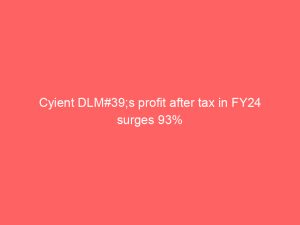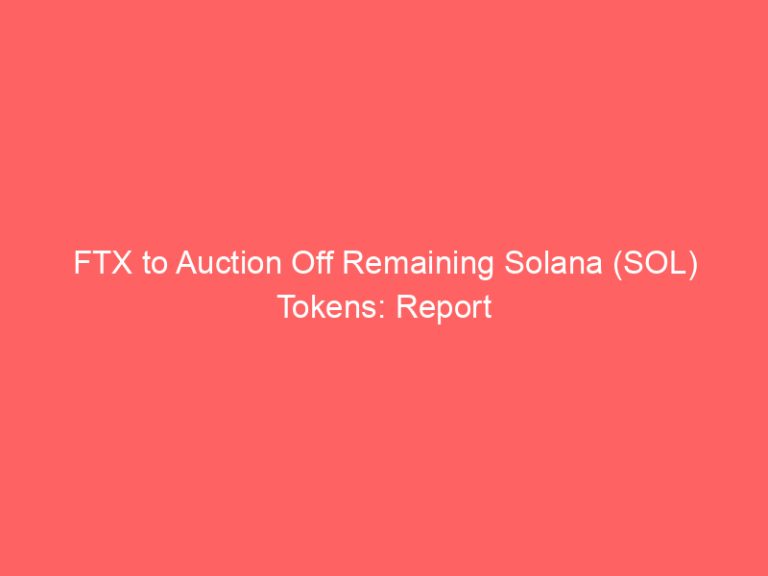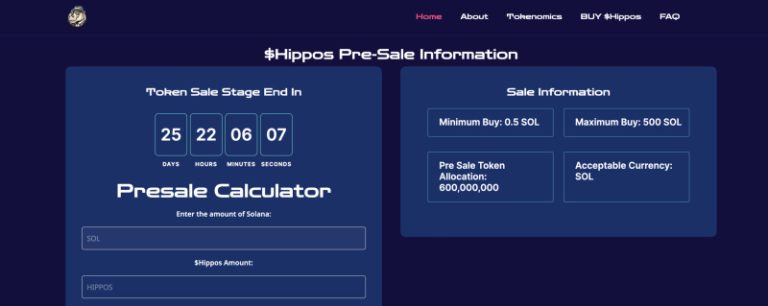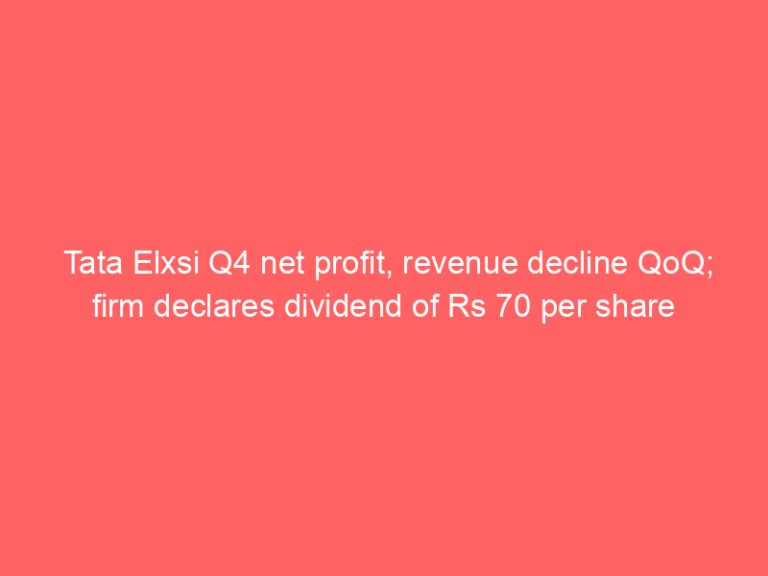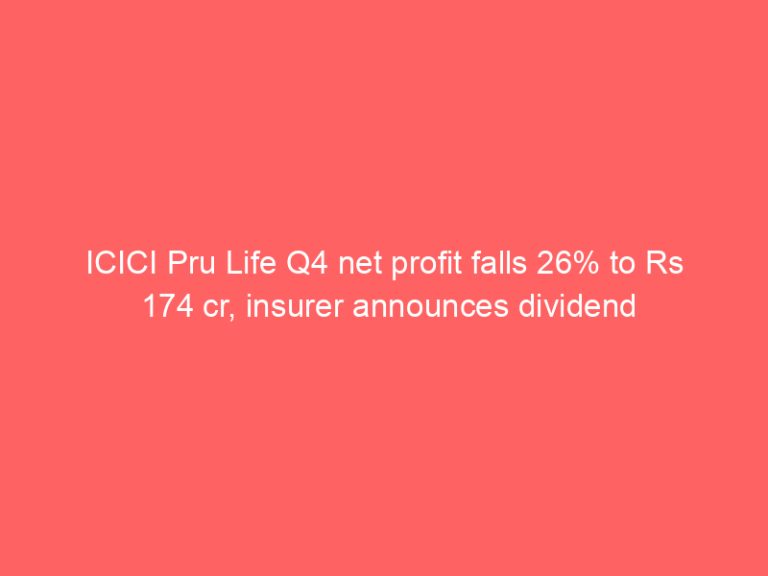India’s retail CBDC pilot, launched on December 1, has onboarded 50,000 users and 5,000 merchants. In the two-month period, 0.77 million e-rupee transactions were carried out, the Reserve Bank of India (RBI) said.
Right now, digital rupee (e-rupee) transactions are available in a closed group of banks, cities, and merchants.
India CBDC Plan will Go Slow
“We want the process to happen, but we want the process to happen gradually and slowly. We are in no hurry to make something happen so quickly,” T Rabi Sankar, Deputy Governor of RBI, said at post-policy press conference early this week.
He added that the RBI has its targets in terms of users and merchants, and it will go slowly.
Indian Finance Minister Nirmala Sitharaman officially announced in February 2022, during her budget speech, that the country would launch its CBDC in the upcoming financial year, 2022-2023. Later, both the Indian finance ministry and the RBI revealed that the e-rupee would be introduced in the same calendar year. Finally, the RBI launched the e-rupee for the wholesale segment on November 1 and for the retail segment on December 1.
RBI’s approach to cryptocurrencies has been overly dismissive, and its plans for the introduction of CBDC are extremely cautious. After 50,000 users, the bank has stopped onboarding new users for the moment. In the next phase, five more banks and nine more cities would be involved in the ongoing e-rupee pilot.
“The RBI does not want to end up in a situation where it does something without actually understanding the likely impact or would always be desiring to be in a position where it can manage the fallout,” The Economic Times reported as Sankar clarifying RBI’s stance.
Wholesale CBDC Fails to Impress Bankers
Compared to the lukewarm enthusiasm for retail CBDC, the wholesale pilot failed to impress bankers after one month of its trial, CryptoPotato reported in December. The use of e-rupee for the wholesale segment during its current trial state is limited to buying government securities from the secondary market.
It’s intended to ease interbank settlements in the security market by taking out the role of settlement guarantee and clearing house. The e-rupee comes with an in-built guarantee from the central bank. However, bankers find it tedious to provide e-rupee settlements for every trade instead of sending batches of settlements by netting a group of trades in the existing clearing house system.
On a different note, during a conference at the annual shareholders’ meeting last month, Alfred Kelly, CEO of digital payments company Visa, observed that both stablecoins and CBDC can play meaningful roles in global payments.
The post India’s Retail CBDC Pilot Onboards 50K Users, RBI to Continue with ‘Go Slow’ Approach appeared first on CryptoPotato.








